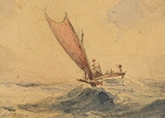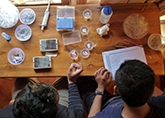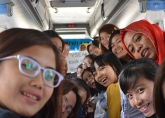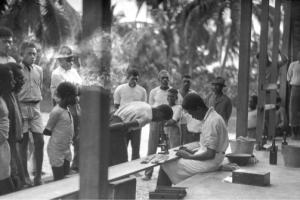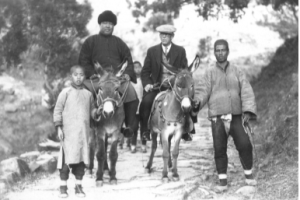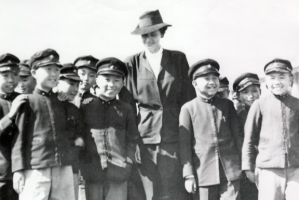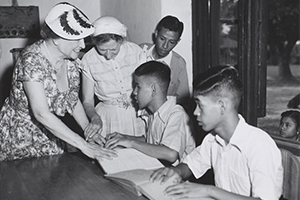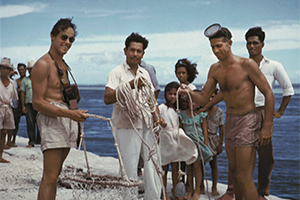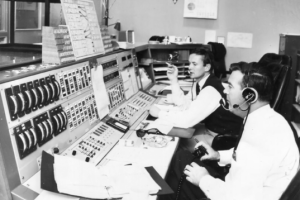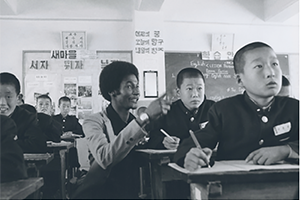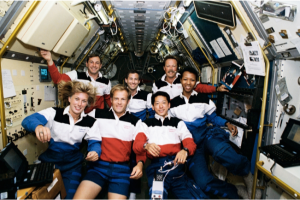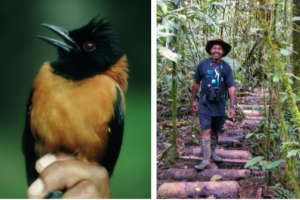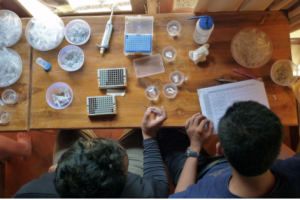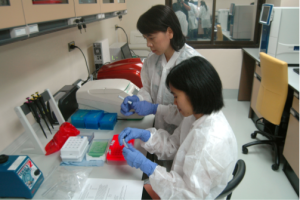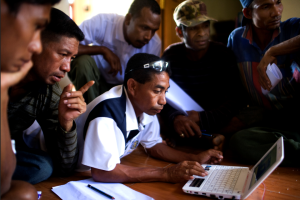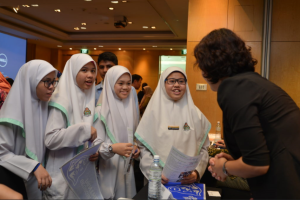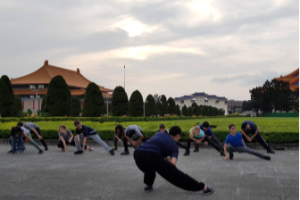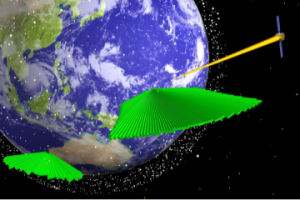An Ocean of Knowledge & Innovation
The exchange of knowledge between the United States and the Asia-Pacific began with ambitious endeavors such as the United State Exploring Expedition of 1838-1842, which sought to collect natural history specimens and chart the open ocean. As American scientists and educators became more familiar with what the Asia-Pacific could offer to the United States, focused missions, such as the U.S. Department of Agriculture’s Dorsett-Morse expedition to study soybean varieties in the region, became more commonplace. Studies such as early-twentieth-century hookworm research in the Pacific Islands were later followed by joint research centers such as the Centers for Disease Control’s Global Disease Detection Regional Center in Thailand, which was established in 2004. Today, scientific research collaborations across the Pacific are widespread and result in a constant transfer of information and innovation that has evolved to address current-day questions and priorities.
The quest to learn from one another and to gain a different perspective has been at the heart of these exchanges. The Peace Corps program offers an opportunity for many Americans to live abroad and make an impact as volunteers in local communities, and the experience leads many alumni to pursue a lifelong career in education. Study abroad programs between the United States and countries from across the Asia-Pacific have been ongoing since the late nineteenth century, with the reputable U.S. higher education system and the ancient histories and cultures around the Asia-Pacific continuing to draw students and academics from across the ocean.
